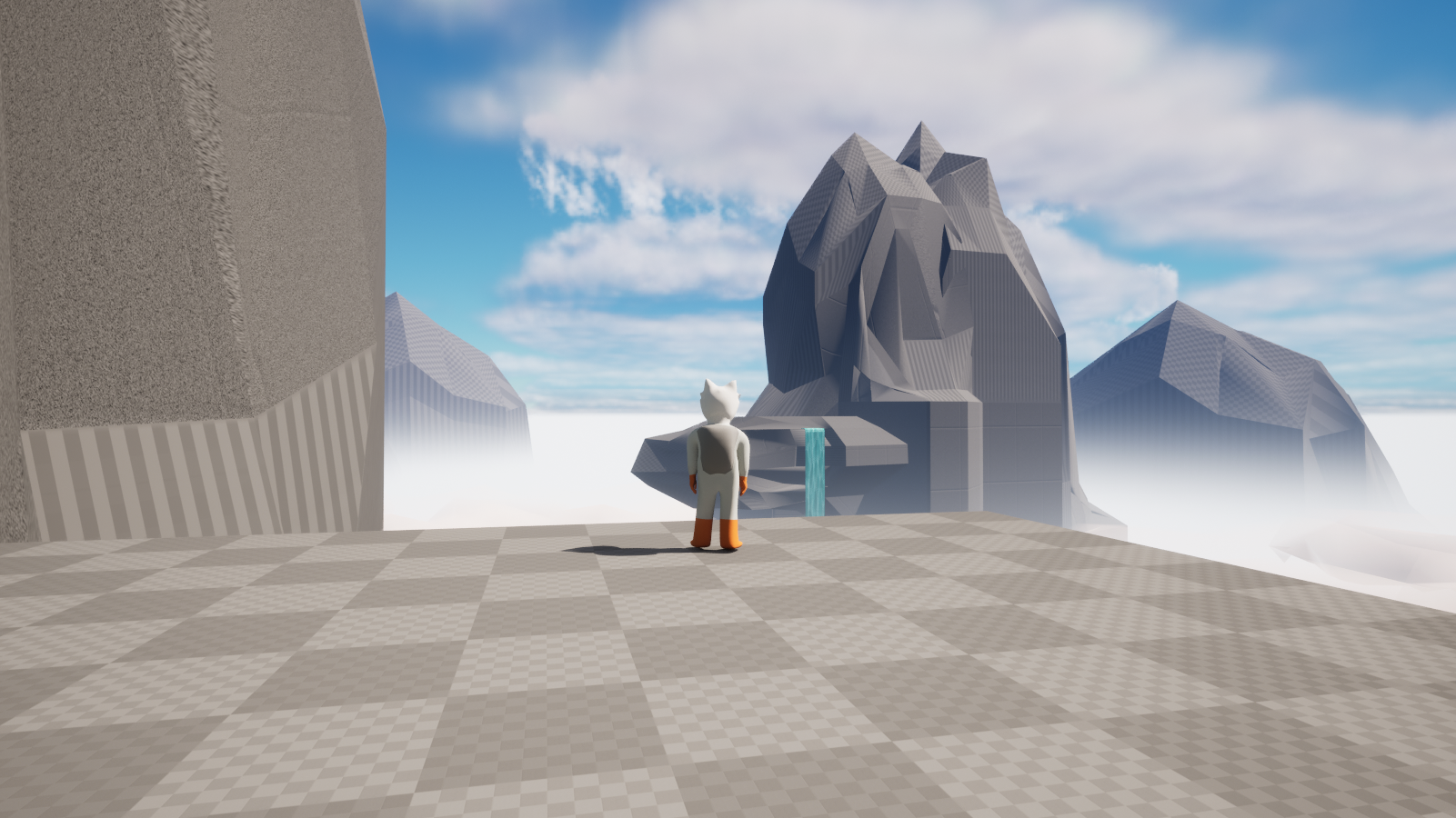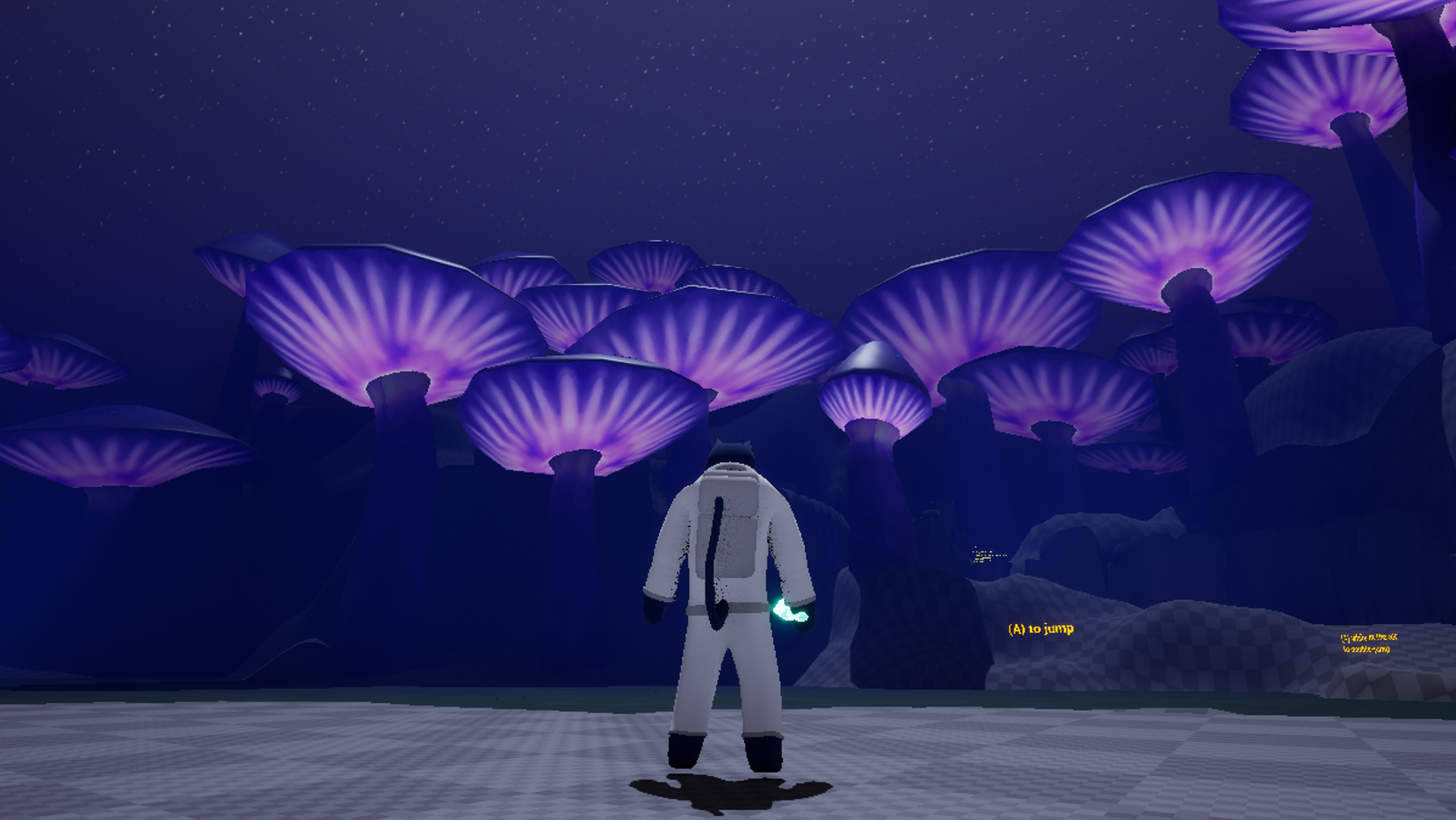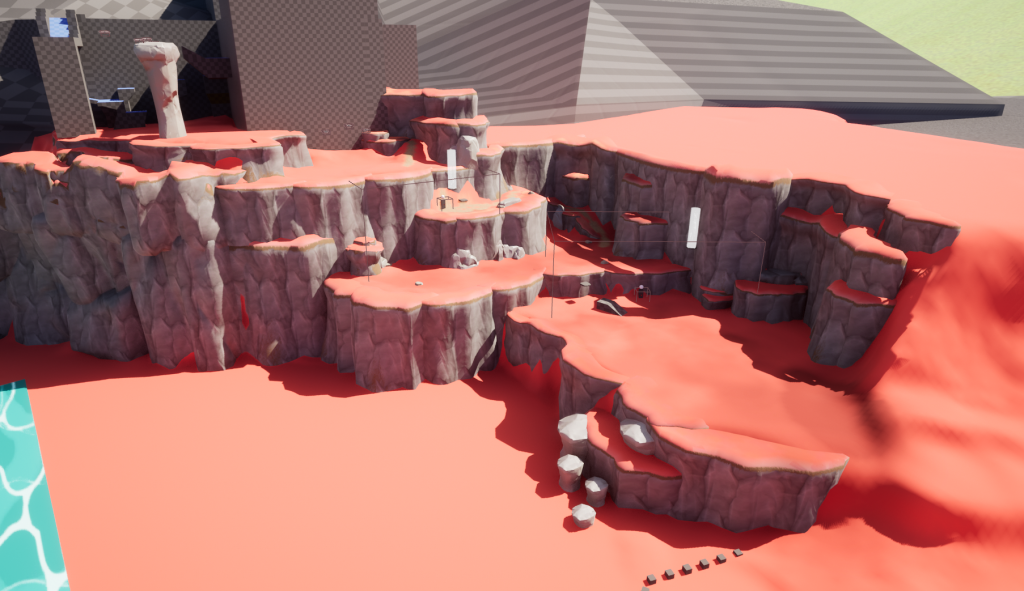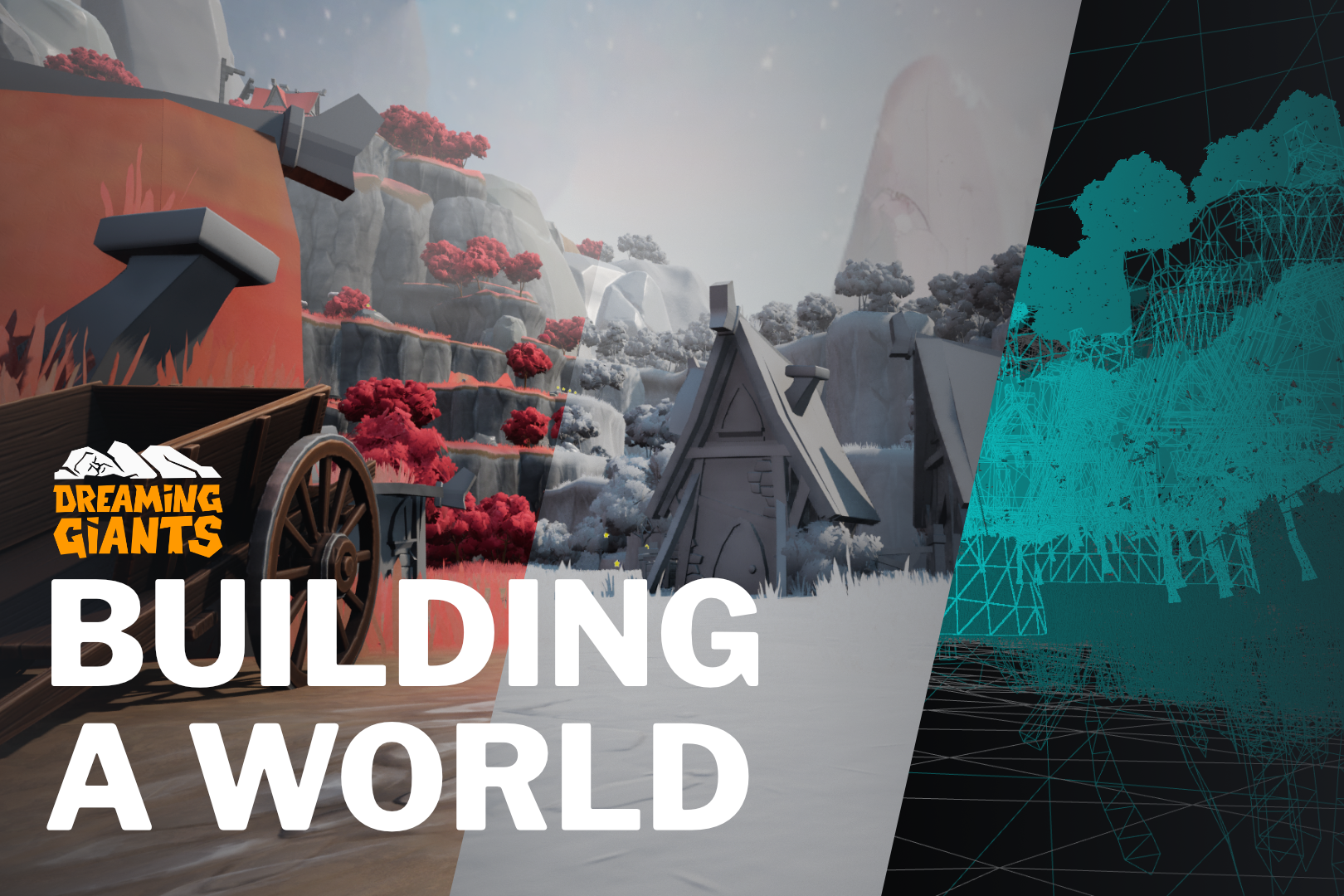Written by Kamil Czarnecki • 2023/08/12
Our journey began with a simple idea: a fun, colourful platformer starring a cat-like character. But as we delved into development, our vision evolved, and our raccoon protagonist, Lumi, was born. Through rigorous playtesting, we honed our core elements, transforming our initial concept into something truly unique.
Originally, our focus was on the relationship between Lumi and Athena, envisioning them as a loving and charming duo. But we wanted our game to stand out, and thus, the Athena power evolved. Discovering this unique selling point was a significant turnover for the game, setting us on a path to create something extraordinary.

What Had to Be Sacrificed, and What Worked
In our quest to create a game that resonated with players, we experimented with various genres, level ideas, puzzle types, and features. Many were lost in development, but the sacrifices led to the discovery of the Athena construct power and a new approach to “platforming.” These elements helped us think laterally about the possibilities for the game, and it resulted in a unique blend of action-adventure, puzzle, and platformer.
Our willingness to experiment and adapt led to a very unique game idea. However, it also meant that many items, powerups, and other bits of previous ideas were scrapped. These sacrifices may be something to revisit in a different game, but they paved the way for the innovative gameplay that defines “Lumi: Starbound Adventure.”

Blocking Out
The blockout phase phase was a time of exploration and experimentation. We worked on a purely functional level, cramming together jumps, puzzles, and ideas to see what would stick. This iterative process helped us develop the geometrical setting of the world, defining shapes, heights, sizes, and jumps that would later be brought to life with art.
Our initial work laid out the areas of the level, filling them with puzzles and ideas taken from our greyboxing. The result? A level that is very much coming along, reflecting our vision and the excitement of the gameplay.


How a World Comes Together
Building the world of “Lumi: Starbound Adventure” was a long multi-step process. We began with hand-sculpted hills, mountains, and walkable areas, then added cliffs, trees, grass, rocks, and more. Each element was carefully integrated, creating a seamless and charming environment.


In the world of game development, the smallest details can make the biggest difference. As we worked on merging cliffs into the landscape, we realised just how vital subtle details were in creating a believable world. It wasn’t merely about placing objects; it was about understanding how they interacted with each other, or how the light would hit them, and how they would contribute to the overall aesthetic of the game. This attention to detail became a guiding principle for us, influencing every aspect of our design process.
Building a game is a collaborative effort, and “Lumi: Starbound Adventure” was no exception. As we worked across different elements, from terrain to trees to puzzles, we found that close collaboration between team members was essential. Ideas flowed, creativity sparked, and the game’s world began to take shape. But collaboration also required flexibility. We had to be willing to adapt to new ideas, to pivot when something wasn’t working, and to embrace the unexpected. This flexibility not only enriched our game but also fostered a dynamic and supportive team environment.

One of the most valuable lessons we learned was the power of iteration. Our game didn’t spring to life fully formed; it was the result of revisiting and refining ideas, of testing and tweaking, of learning from our mistakes and building on our successes. This iterative design process led to a richer and more engaging game world. It allowed us to explore different paths, to push our creativity to new heights, and to craft a game that was not just fun to play but also deeply resonant with our vision. The power of iteration became a testament to our commitment to excellence, a reminder that great games are not born but built, one thoughtful step at a time.

Thanks for checking out this behind-the-scenes look at the development of “Lumi: Starbound Adventure.” We hope to share more insights and updates as we continue to build this exciting world.
Stay tuned, stay Giant!

